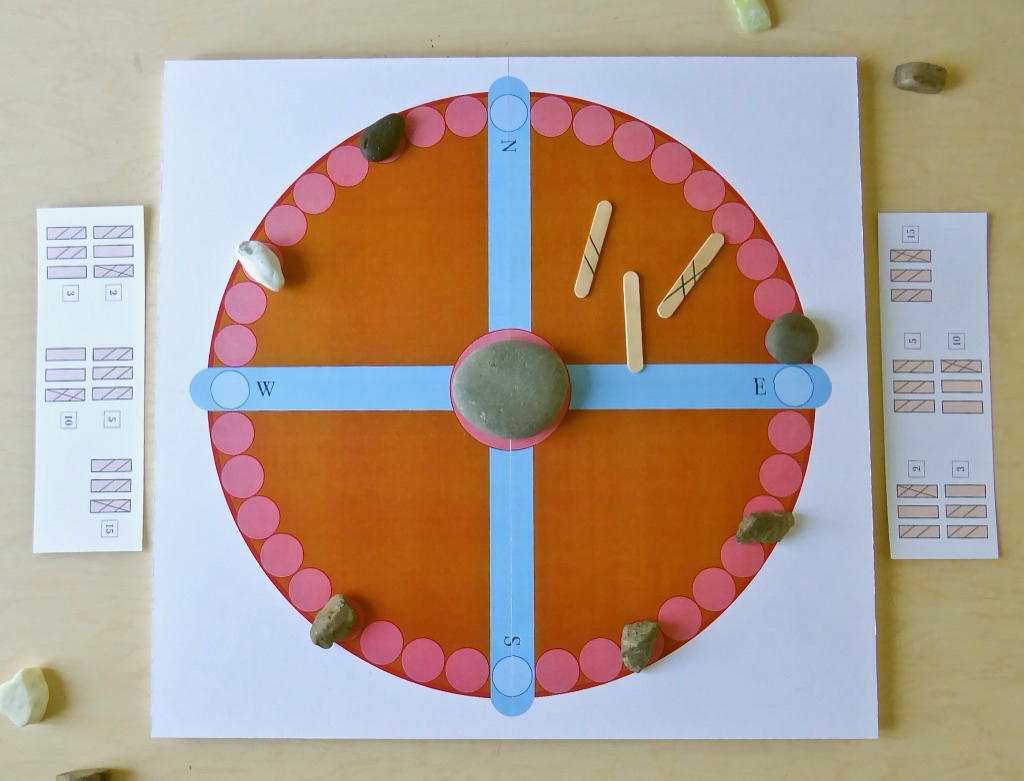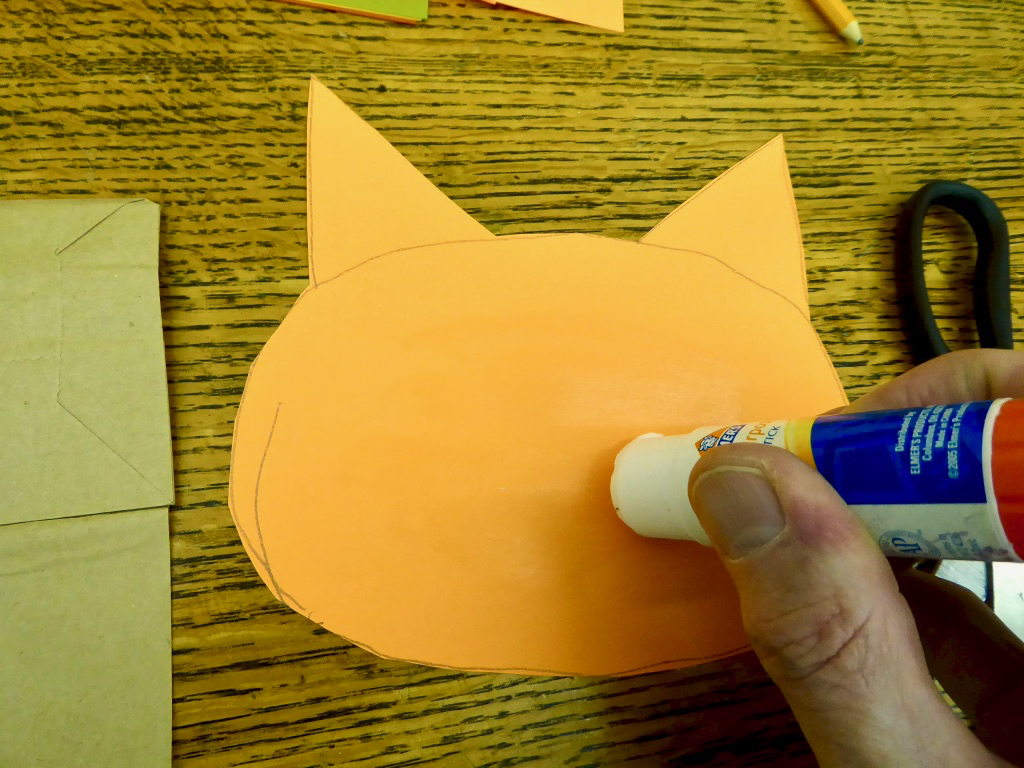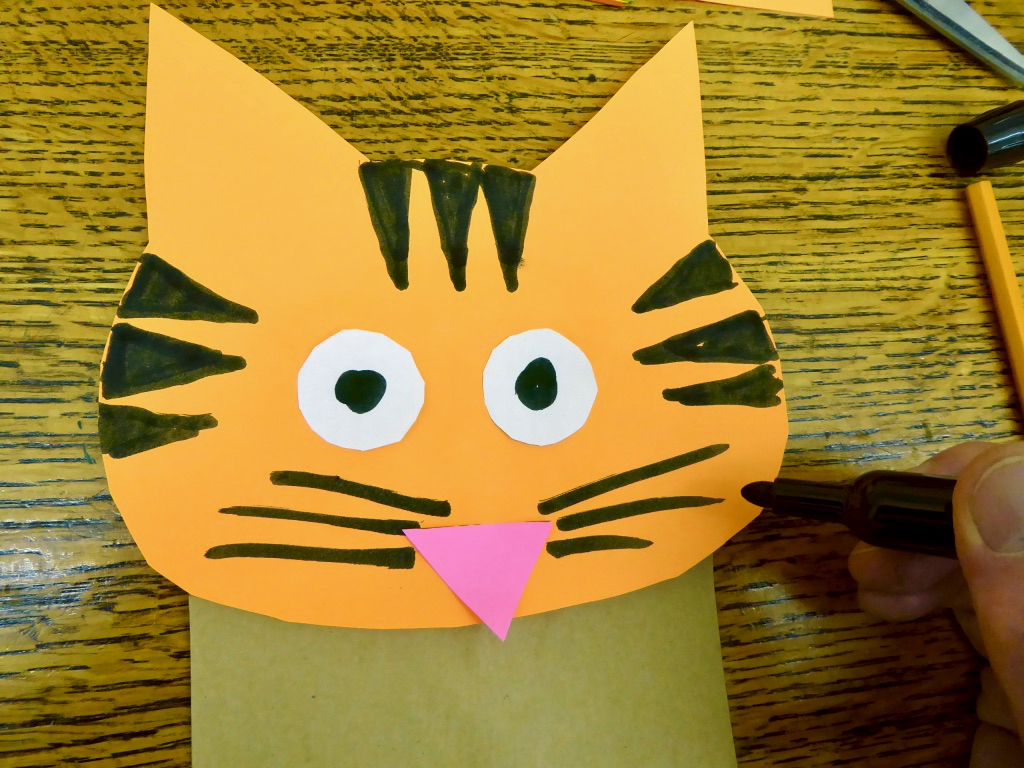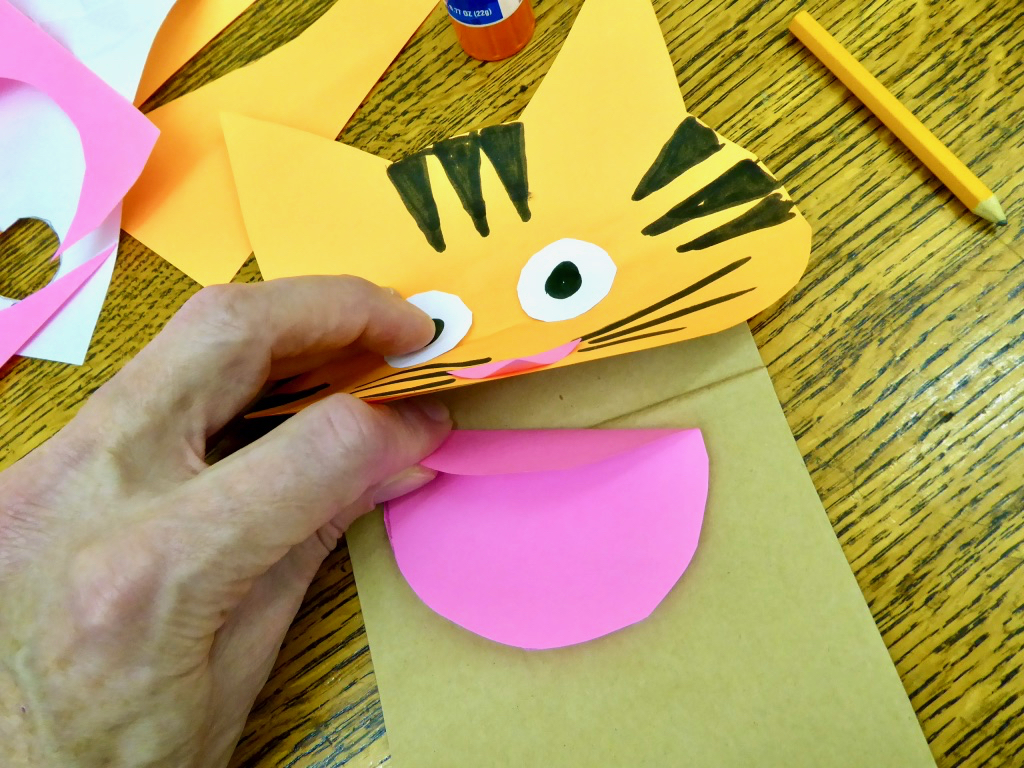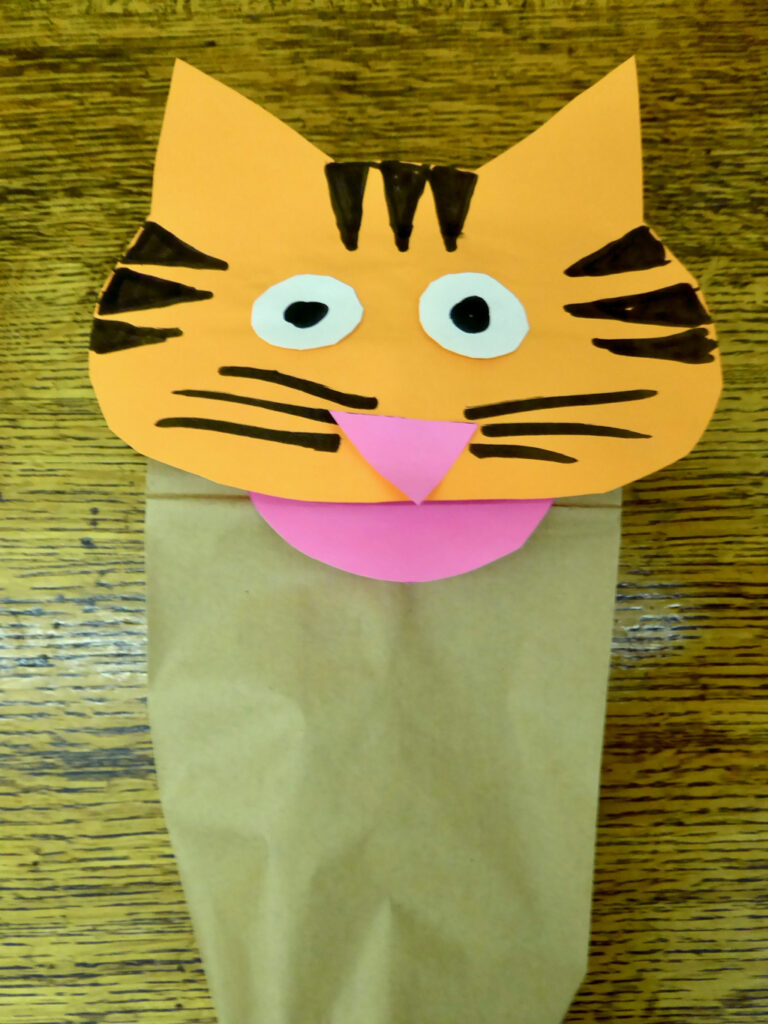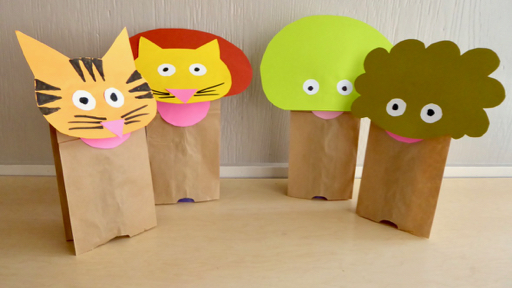Over the past couple of weeks, I’ve been intensively writing a curriculum on world religions for middle elementary grades. Most of my time has been spent in developing activities for children to get inside the stories that are the basis of the curriculum — so my home office, and my office at work, became workshops where I was making prototypes of paper bag puppets, mobiles, board games, masks, and so on. And the rest of my time was devoted to writing up those activities. Yet all the while I was producing material aimed at second and third graders, and their volunteer teachers, I was thinking about what religion is. Because when you’re trying to make something clear to second and third graders, you first have to make it clear to yourself.
Here, then, are some of my thoughts on religion:
First of all, it is widely accepted among current religious studies scholars that religion is not a thing; that is, there is not a “thing” out there that you can point to and say, “That’s religion.” Some religious studies scholars will say that religion is at most a social construct. Other scholars argue that there really is no such thing as religion; that what we call “religion” is actually the West trying to impose the characteristics of Western Christianity — belief in a transcendent being, hierarchy and clergy, weekly meetings, exclusive adherence to one religious group, etc. — on other societies. Still other scholars point out that religion is a valid category within Western jurisprudence, because the West holds dear something we call “religious freedom”; but that defining what constitutes a religion which can receive the legal protection under laws pertaining to religious freedom is often problematic (e.g., Scientology is defined as a religion in the United States, but not in some Western European countries; Mormonism was allowed to become a religion in the United States in the legal sense only after it renounced the tenet of plural marriage; etc.). Finally, still other scholars argue that “religion” is really merely a tool of colonialism; this may be seen, for example, when the British Empire took over the Indian subcontinent, and, for ease in colonial control, defined something called “Hinduism” that didn’t exist before; though then some newly-created “Hindus” figured out that the Western concept of religious freedom could give them some autonomy in which to resist colonial oppression, making everything far more complicated than it might appear at first.
In short, religion is at best a social construct; at another extreme, it might not even exist at all.
More importantly, when talking about “religion,” we must be very careful to avoid imposing Western definitions and criteria. This means that talking about “faith communities” is problematic: “faith” implies that Western-style belief in a transcendent being is the central feature of a religious group; but many Therevada Buddhists simply don’t have a transcendent being; certain strands of Judaism emphasize correct action (orthopraxy) over correct belief (orthodoxy); etc. Indeed, talking about “communities” is problematic, because it assumes Western-style voluntary associations called “congregations”; but many strands of Daoism in China have nothing that remotely resembles a congregation; the Buddhist sangha, usually conceptualized in the West as a congregation, in other parts of the world is a small grouping more like what we in the West would think of as monks.
Nor should we talk about “adherents,” a common term in the United States to designate persons who are associated with a religious group. The word “adherent” carries connotations of Western-style Christianity, where you get to choose which religious group you want to adhere to; but in many parts of the world, you are born into a “religion” and it’s not a choice, such that religious affiliation is closer to ethnic identity. We wouldn’t say that someone born in Ireland who emigrated to the United States is an “adherent” of Irish-Americanism; the same is true for many religious affiliations.
Even as a social construct, religion — considered carefully — challenges many of our preconceptions. We are accustomed to making broad, sweeping generalizations about a given religion: for example, all Christians believe in God. But that simply isn’t true: there are today a good many Christian atheists in the United States, people who embrace many of the teachings of Christianity, but who simply don’t believe in God. When I have pointed this out to some non-Christians, they become offended, because they “know” that all Christians believe in God, and therefore they didactically proclaim that a Christian who doesn’t believe in God isn’t a “real Christian.” But this kind of statement cannot be accepted: how can a non-Christian presume to dogmatically declare who is and who isn’t a Christian? — indeed, this kind of statement helps us understand how “religion” was used as a tool of colonial control: an outsider proclaims that what a colonized person is doing is religion, and therefore that colonized person has to do it a certain way, or else…. If we remember that religion is a social construct, and specific religions cannot be defined by broad sweeping generalizations, we can save ourselves from attempting to control other people in this way.
Along these lines, we can also remember to let religions speak for themselves, rather than trying to speak for religions. As I was looking at older world religions curriculums, I was struck by how often the curriculum writer was willing to take a religious story and turn it to their own ends. This most often happens when a curriculum writer takes a story, removes some specific religious content, and repurposes the story as a moral tale. A common example of this is the way curriculum writers (and children’s book authors) use Buddhist Jataka tales. Most Jataka tales take the form of a story-within-a-story: the framing story is an incident happens within the community of monks surrounding Gotama Buddha; next the Buddha tells the story-within-the-story, an incident from one of his previous incarnations; finally, we return to the framing story where Buddha and the monks talk over which of them was which character in the story-within-the-story. But curriculum writers (children’s book authors) tend to strip away the framing story, rewriting the story-within-the-story as a simple folk tale; but this imposes an outside (probably non-Buddhist, probably Western) interpretation on the Jataka tale.
When we let religions speak for themselves, we also have to remember the internal diversity within religions. One Christian cannot speak for all Christians; not even if he’s the Pope, for the Pope only speaks for Roman Catholics (and maybe not for all Roman Catholics, as we seem to be seeing in the resistance of conservative Catholics to the current pope’s reform efforts). When you look at the internal diversity of the “religion” of Christianity, it boggles the mind. How are silent meeting Quakers the same religion as Eritrean Orthodox Christians? How is the Church of Jesus Christ of the Latter Day Saints the same religion as the Church of the Lord (Aladura)? It is true that they all share a reverence for Jesus; but there are Muslims and Hindus and Baha’is who also share some kind of reverence for Jesus (perhaps a lesser reverence, but how can we measure that?). It is true that the wildly diverse groups refer to some of the same books as a shared religious scripture, but these books are translated and interpreted differently, and some groups add other books, or leave out parts of some books. Moving beyond Christians, what about the internal diversity of Hinduism: what do Vaishnavism, Shaivism, and Shaktism have in common, aside from all being rooted in the culture of the Indian subcontinent, and aside from all being grouped together by British colonial rule? In today’s political climate in India, it might be said that Hindusim has become more like a politicized ethnic identity; but where does that leave the large Hindu community in Bali?
We must also consider how religions vary over time. Today we thinking of all evangelical Christians in the United States as wanting to outlaw abortion; yet there was a time, not so long ago, when many or even most evangelical Christians supported the right to abortion. The Sikhs at the time of Guru Nanak’s death did not have the “five Ks”; yet they were nevertheless Sikhs. Mormons didn’t practice plural marriage, then did practice plural marriage, then didn’t practice plural marriage (except for a few small splinter groups); yet who am I, a non-Mormon, to say who was and who wasn’t a Mormon?
To recap, here are some of the things I had to wrestle with as I was writing this curriculum:
— “Religion” is at most a social construct, and may not even exist;
— We have to be careful not to use the social construct of “religion” to impose our will on others;
— “Religions” are internally diverse, sometimes wildly so;
— “Religions” vary over time.
Trying to embed these concepts in a curriculum such that middle elementary children can get some sense of them was challenging. Trying to embed these concepts in a curriculum so that adult teachers would challenge their own (Western, colonial) preconceptions seems almost impossible….

